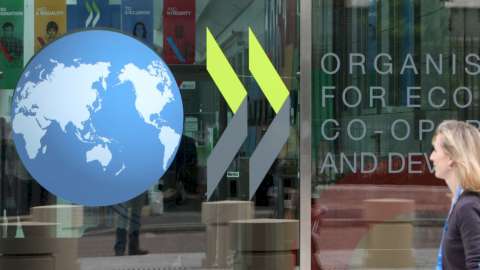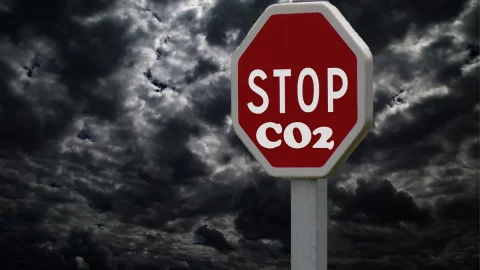Remove monetary stimulus it is appropriate all over the world, “but with particular caution in Europe, where supply-side inflation dominates”. Laurence Boone, chief economist of theOECD, in the editorial of theEconomic outlook published today by the Organization.
However, the situation is different where inflation is also fueled by strong domestic demand, as in the US: in this case, "monetary policy can tighten more quickly to reduce these excesses," added Boone.
In the report, the OECD recommends the ECB "to use all the margins of flexibility it has when reinvesting the proceeds of government bonds that mature, in particular the assets purchased with the PEPP", the program launched against the Covid crisis , "to limit financial fragmentation in the Eurozone" and therefore increases in spreads between government bonds.
OECD: “We do not expect a recession, but there are clear downside risks”
to the OECD”we do not foresee an economic recession, not even in Europe, but lower economic growth. Clearly, however, there are downside risks” on the economic prospects, linked “in particular to energy”. The clarification comes from Mathias Cormann, secretary general of the OECD.
Boone added that the coordinated gas price cap mechanism that the EU is considering "could help fill reserves and contribute to less inflation."
Italy's GDP, the OECD cuts its forecasts: +2,5% in 2022, and +1,2% in 2023
Further – as already Istat, government , European Commission – the OECD has drastically revised its forecasts on Italy's economic growth downwards: now the Organization predicts a +2,5% for this year, which should be followed by a further slowdown a + 1,2% in 2023. Last December, the Organization had forecast a +4,6% for the Italian GDP in 2022 and a +2,6% for 2023.
“Growth momentum moderated further in the first half of 2022 – reads the Economic Outlook – The economy slowed to 0,1% in the first quarter, as the Covid restrictions combined with the inflation linked to the war, supply chain difficulties and confidence shocks.
On growth”downside risks prevail” and a “possible restriction on natural gas supplies could further weaken growth and increase inflation. Higher interest rates could lower growth, and through this channel raise public debt levels. If growth does not strengthen rapidly, confidence and profitability could be damaged, driving up bankruptcies, reducing bank profitability and further dampening expansion.
But there are also positive assessments: according to the OECD, the Italian tax reform “it could have a broader effect, allowing wages, employment and household confidence to recover faster than expected.”
The problem is not only Italian but European. According to the OECD, the stop on energy imports from Russia - not only oil, but also gas - could cost over 1,2 points of growth less than Europe and 1 point of inflation more. And yet, the body underlines that "limiting Russia's ability to finance the war, as foreseen by an embargo on Russian oil exports, is essential to hasten the end of this devastating conflict". A salty but necessary price to pay, essentially.
Overall, theOECD has cut GDP growth in the euro area: this year it should settle at 2,6%, next year at 1,6% (after 5,3% in 2021). In December, it estimated 4,3% and 2,5%. The EU Commission estimates 2,7% and 2,3%. The inflation rate is expected to rise to 7% (after 2,6% in 2021) and fall to 2023% in 4,6 (6,1% and 2,7% according to the Commission).
Inflation in Italy at 6,3% in, wages do not compensate for increases
As for theinflation, hits Italy hard this year and will be felt, but to a lesser extent, also in 2023: according to the Organization, the cost of living in the Peninsula will amount to 6,3% this year and 3,8% next . “Although inflation expectations continue to rise, wage inflation is currently subdued – notes Lente Paris – Food price inflation should remain high over the entire forecast period. Payroll increases will not fully compensate families for cost-of-living increases. Uncertainty and high construction prices will postpone investments to some extent, but this will be balanced by the extension of incentives and strong public investments”.
The greatest risk for Italy is on energy and gas supplies
In Italy, “with gas representing 42% of total energy consumption, the greatest risk on the prospects are energy prices and supplies – still warns the OECD – The authorities have managed to find supplies close to two-thirds of Russia's gas imports. Accelerating investments in renewables and energy efficiency would further increase security. The government estimates that it can achieve complete independence from Russian gas by the end of 2024, but lower consumption levels will also be needed in the event of possible supply drops. Over the long term, accelerating renewable energy supplies should support energy security. Some administrative impediments to renewables have been removed”.





